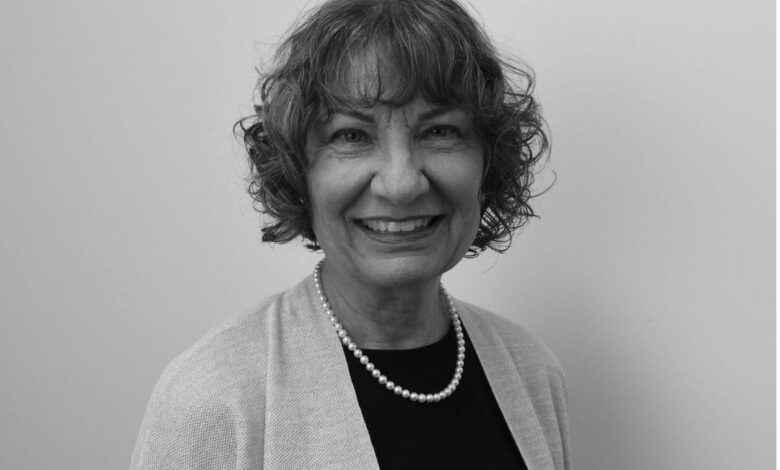Beneath The Quiet Walls: Discovering Aunt Clara’s Hidden World

How Silence Became The Language Of A Strong Woman
In The Spinster by Kay Marie Perrin, Aunt Clara’s life unfolds like a quiet riddle, one that refuses to be solved but asks to be understood. Through the lens of a curious child, Perrin captures not merely a woman alone in her Denver home, but a symbol of independence, restraint, and quiet pride. Clara’s silence is not emptiness; it is choice. Her days move with a careful rhythm, her house reflecting both her solitude and her order. Every small act, from saving seeds to limiting light, feels intentional, almost sacred. Perrin doesn’t present her as withdrawn from life but rather as someone who redefined what it meant to live it privately, without apology or need for witness.
The House That Whispered Secrets Of A Life Unspoken
Clara’s 1918 Denver home mirrors the woman herself, sturdy, plain, and profoundly symbolic. Its creaking floorboards, dim bulbs, and narrow rooms tell a story of a life lived with precision. She owned little and wanted for even less. No refrigerator, no stove, only a hotplate, an electric kettle, and an old rug from China on which she practiced yoga every morning. To outsiders, her simplicity might look like a lack. But within her world, it was order. Each item had purpose, and every corner of her home carried quiet pride. Perrin makes her home not just a setting, but a living reflection of discipline and dignity wrapped in dust and memory.
When Routine Becomes A Silent Act Of Defiance
Clara’s days followed an unspoken code, walk to the market, buy fresh food, save fruit seeds, and keep life unburdened. She didn’t indulge in comfort; she respected necessity. Every movement, every habit, felt deliberate, as if her discipline was the only language she trusted. Perrin uses these small details to reveal the strength of an older woman who never yielded to society’s demand for explanation. To Clara, control was not an obsession; it was peace. Her measured lifestyle was her own revolution, a rebellion fought not with noise, but with calm self-sufficiency. She proved that resilience can live quietly, behind drawn curtains and a single working light.
Two Sisters, Two Versions Of Survival And Strength
Clara and her sister Joanna, though bound by blood, embodied two different philosophies of survival. Joanna nurtured her family with warmth, faith, and conversation. Clara, by contrast, nurtured her independence. They lived only blocks apart yet existed in emotional worlds divided by values, not conflict. Joanna gave love through presence; Clara gave meaning through distance. Perrin writes their contrast with tenderness, showing that strength in women takes many forms, some embrace, others retreat. Each sister carried courage differently, reminding readers that love does not always sound like affection; sometimes, it sounds like silence.
The Mystery That Turned Into A Lifelong Memory
For the young narrator, every visit to Aunt Clara’s house felt like entering a world that refused to explain itself. The rule was simple, “Don’t touch anything.” The light was dim, the air thick with mystery. She spoke little but commanded attention. There were hints of anger, fragments of sorrow, and an undercurrent of pride. No one ever saw the tenants who supposedly lived upstairs; no one ever understood why she avoided family gatherings. Perrin doesn’t solve these riddles, she preserves them. Through Clara, she reminds us that not every life needs to be decoded. Some people exist to teach us the beauty of not knowing everything.
Dignity Hidden Behind The Walls Of Simplicity
Clara’s refusal to depend on others wasn’t stubbornness; it was protection. In her mind, asking for help was an unnecessary crack in the armor she’d built over decades. She rejected pity with sharp wit and resisted the world’s curiosity about her solitude. What others labeled “odd,” she wore as integrity. Perrin’s narrative never mocks her choices; instead, it humanizes them. In a time when women were measured by social presence, Clara chose withdrawal as a form of freedom. Her life becomes a quiet manifesto for anyone who’s ever wanted to live on their own terms, without apology or performance.
A Legacy Built From Silence And Self-Respect
By the time the narrator grows older, Aunt Clara’s strangeness becomes her strength. Her life, once viewed with suspicion, turns into a lesson in independence. She left behind no children, no luxury, and no dramatic ending, only the memory of a woman who lived truthfully in her own space. Perrin’s portrayal transforms silence from emptiness into meaning. The Spinster is not just about loneliness, it’s about the quiet architecture of resilience. Clara’s solitude was not a void; it was a legacy of control, dignity, and unshakable identity. She didn’t need the world’s understanding, only her own peace.



